This is Robin Smith. Robin Smith was a teacher, picture book expert, and reading advocate Robin Smith died June 22, 2017, at the age of fifty-seven. A second-grade teacher at Ensworth School in Nashville for the last twenty-four years, she was a longtime Horn Book contributor and reviewer and a founding co-author of the Calling Caldecott blog. She also reviewed for BookPage and Kirkus. Her editor at Kirkus, Vicky Smith wrote that “Her generosity, enthusiasm, and dedication have nurtured readers, writers, and professionals young and old, and her reviews and articles have enriched those she wasn’t able to touch personally.”
Robin Smith was a trusted voice in Children’s Literature. We were kindred spirits. I loved what she loved. I loved her passion and her work with children and in the classroom. She was a mentor and her passing was a great loss.
That brings me to easy readers. When I read these books, when I evaluate them, when I write about them, and when I share them with children, parents, and teachers, I hear her voice.
As she wrote in Early Readers vs. Picture Books in the November 7, 2011 Horn Book,
Books for new readers tend to have a few characteristics that are not required for picture books. The font is usually clear and readable, so the eye easily knows where to go next. The vocabulary is generally limited to words that are sight words or can be decoded easily using the rules of phonics. Sentences tend to be simple and do not extend over a page turn. The book should appeal to new readers who are about five to eight years old (as opposed to many easy-to-read books with themes that appeal to toddlers and babies). The illustrations are critical in books for new readers and need to directly reflect the text, helping give clues about harder words and tell the story.
And that is what I am always thinking about when I am choosing books for new and emergent readers.
The Best of 2017
La La La: A Story of Hope by Kate DiCamillo, illustrated by Jaime Kim. Candlewick, 2017.
This is a nearly wordless picture book , yet an new reader would certainly be excited to be able to read “La.” We follow a little girls journey through light and darkness. With confidence, fear, and courage, as she reaches for the moon. In Kate’s own words, “this is a tentative song”
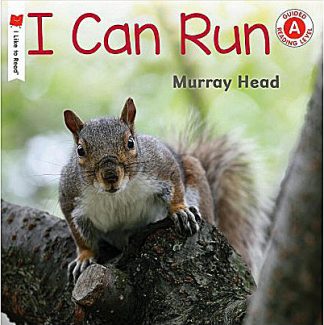
I Can Run
I Can Run by Murray Head, Holiday House, 2017
The limited language and simple declaretive sentences,” I can run.” ” I can hop.” ” I can see.” paired with crisp dramatic photos of a squirrel and hawk make this one a winner.
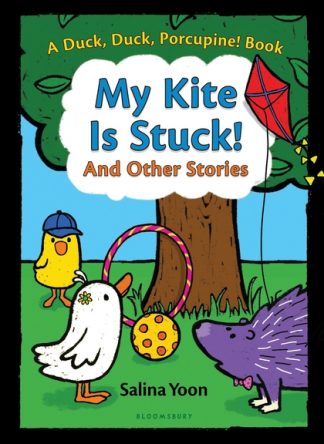
My Kite Is Stuck
My Kite Is Stuck And Other Stories by Selina Yoon
Bloomsbury, 2017
Duck, Duck, and Porcupine are back in this very silly early chapter book. This is a not-so-easy reader with compound words like ladybug and three-syllable words like porcupine, yet new readers will find mastery in repetition and clues in the bright concrete illustrations.
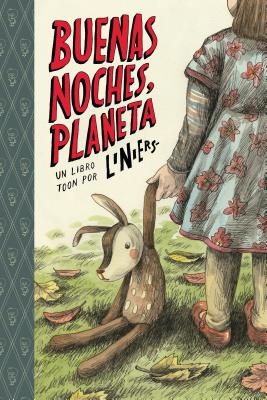
Good Night Planet written and illustrated by Liniers, Toon Books. 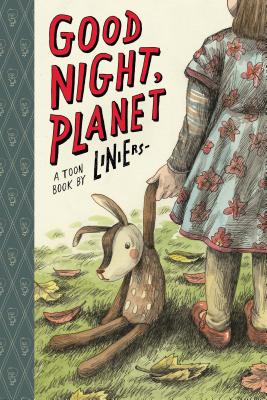
Good Night Planet written and illustrated by Liniers, Toon Books, 2017.
Toon Books are graphic format early readers founded by Françoise Mouly. She has created a home for international comic artists like Liniers.
Liniers was born in Buenos Aires, now lives in Vermont as the artist-in-residence at the Center for Cartoon Studies with his wife and three young daughters. They have fallen in love with the New England landscape, the house they live in, the night sky, and the family’s new puppy, Elliot—all of which figure prominently in Good Night, Planet.
This title has received starred reviews from Booklist “There are plenty of stories about what toys get up to at night, but this quiet, masterfully executed comic is particularly enchanting.”
Kirkus Reviews
“Liniers continues his run of clever comics for kids, with a fun adventure and panels full of easy-to-follow action. Delightful.” and
School Library Journal “A beautiful, original work for one-on-one or independent reading, and an excellent bedtime tale.”
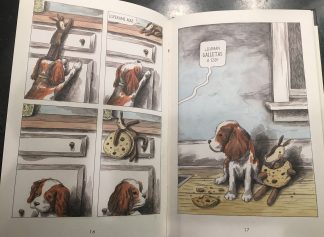
Since 2002, Liniers has created a the daily comic strip Macanudo Argentina. The English Language collections are published by He’s also been drawing album covers and New Yorker magazine covers, and even had a recent comic in the pages of The New York Times. Since 2013 he’s made three children’s books, all of which have been published by Toon Books.
Here is an interview with Liniers on Smash Pages a self-proclaimed comic super blog. He talks about his creative process and how he ended up living in Vermont with his family.
Do you have favorite Geisel contender for 2017?

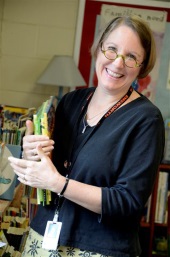
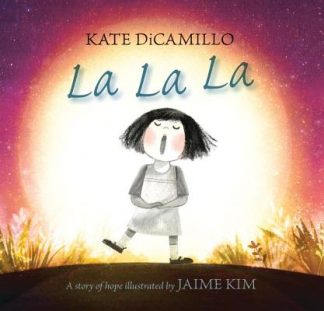
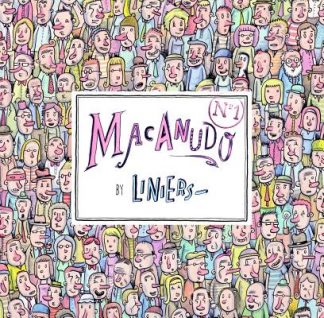
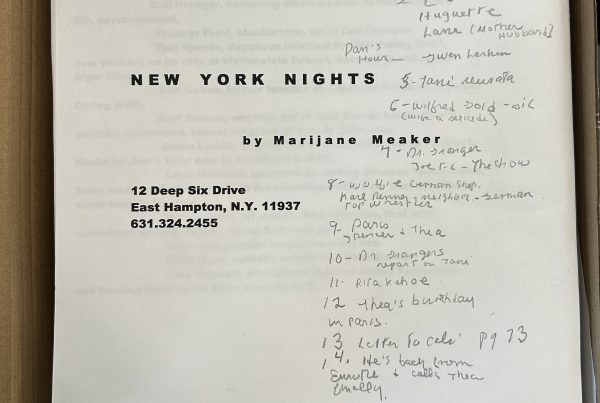
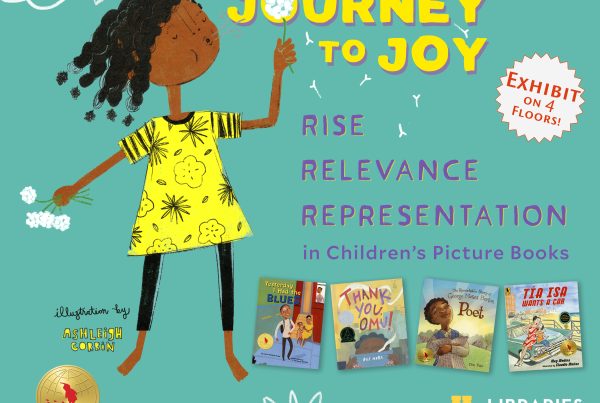
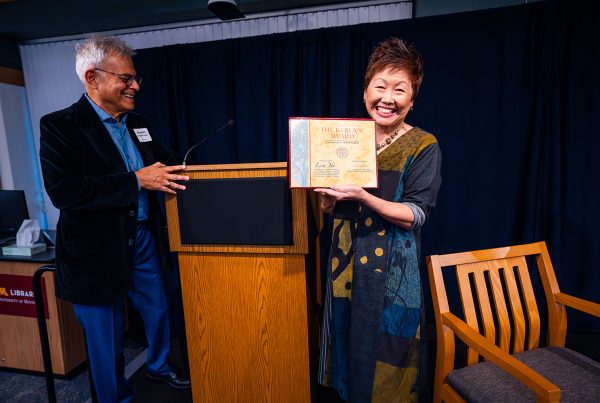

I loved MY KITE IS STUCK, and I’m a big fan of Jan Thomas’ Giggle Gang series–especially WHAT IS CHASING DUCK? But CHARLIE & MOUSE stole my heart this year.
Oh yes! I am going to be writing about Charlie & Mouse for Early Chapter Books posting